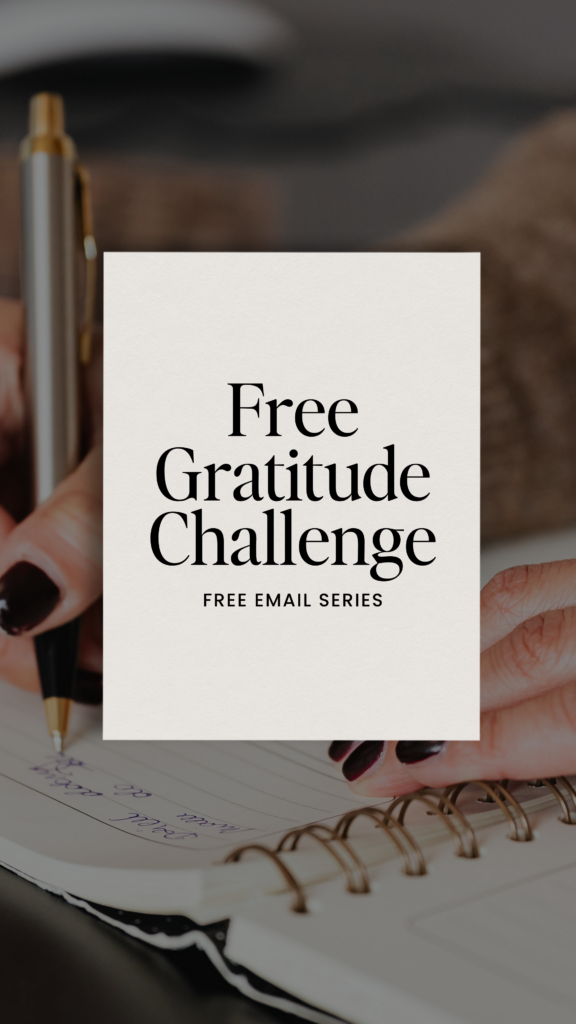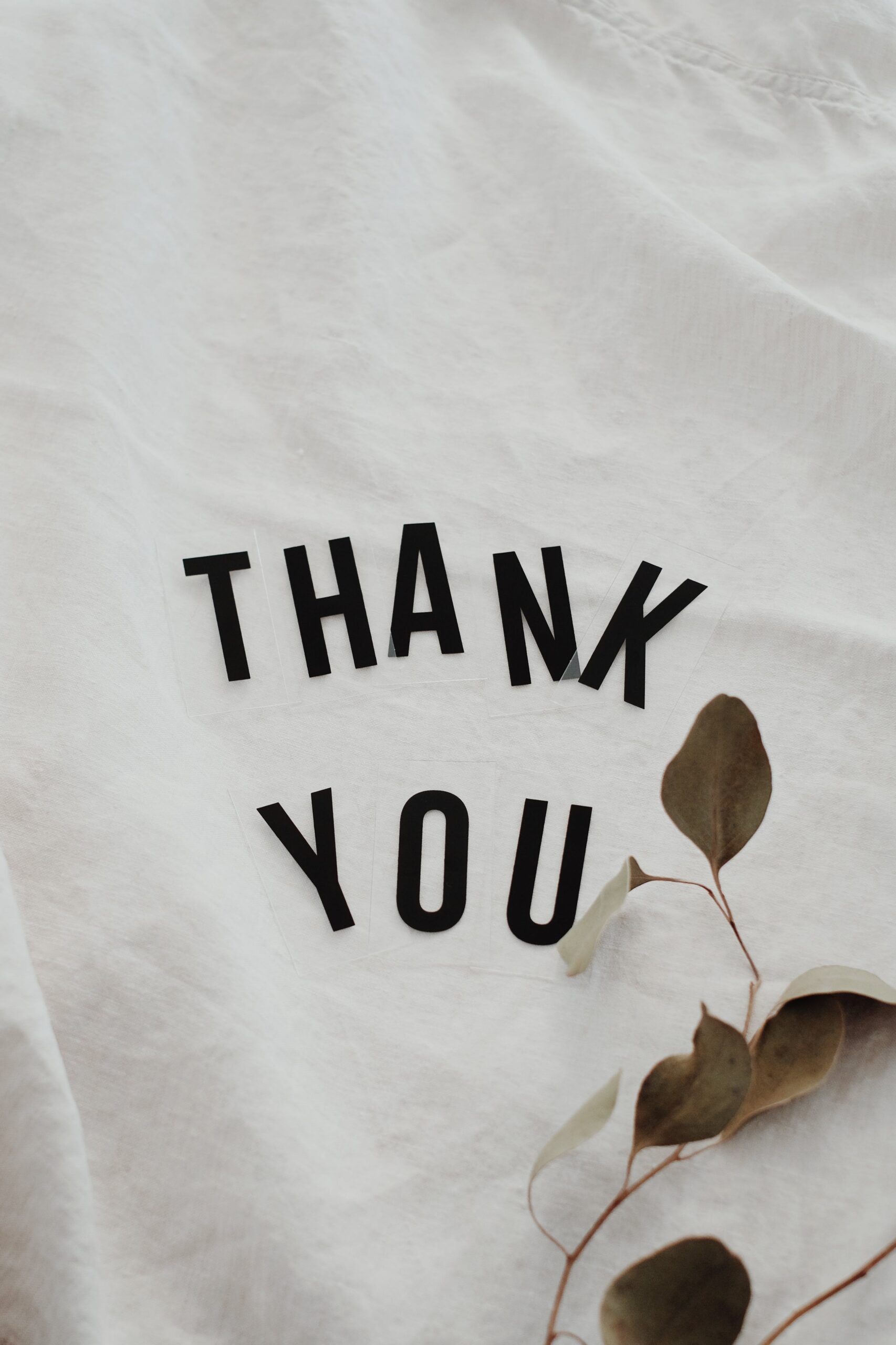From Meh To Meaningful
A few summers ago, my daughter had a run of tough events. She had a nasty fall off her bike, she caught a bad cold that meant she had to miss a friend’s birthday party and she found out that she needed braces 🙁 Any one of those things would have been hard to go through as a kid, never mind all of them! That’s when we decided to start a gratitude practice together. It was a nice idea in theory, but it was harder to sustain than I thought it would be.
What is gratitude?
According to researcher and author Dr. Robert Emmons, gratitude is an affirmation of goodness. This doesn’t mean that life is perfect, just that we recognize the gifts and benefits we’ve received in life. The second part, Emmons describes is to acknowledge where the goodness comes from. And to realize that the sources of goodness are outside of ourselves.
Why is gratitude good for you?
Gratitude has been shown to have many benefits from physical and mental health benefits to even social benefits. Gratitude helps people sleep better, have lower blood pressure, have strengthened immune systems and improved pain tolerance. Gratitude also boosts emotions, confidence, improves patience, makes you more optimistic and improves mood. Gratitude even strengthens relationships and social circles.
Turning Trials into Thanks: Our Journey to Gratitude
Attempt #1:
Every night before bed, we’d share 5 things that we were grateful for.
The problem was that practically speaking, it got old very quickly. We ended up saying the same things over and over and with less and less conviction. As privileged as it may sound, how many times can you tell each other that you’re grateful for your home and your family? It started to feel forced.
So I had to adjust. I couldn’t have her give up on this attempt to feel and express gratitude! We are very lucky in life, more than most. We have food and shelter and I wanted to find a way to stay grounded with her while also empathizing with her pain and troubles.
Attempt #2:
So we tried to be more specific and descriptive. When you can think of something like “I’m grateful that I got a long hug from you this morning” or “I’m grateful that dinner was so delicious and I have enough to take extra for lunch”.
This helped. We got creative and it did make us both feel good at the end of the day.
After that I got curious about gratitude, as I always do about these things. How can we actually cultivate more happiness and contentment and joy in life through gratitude?
So I spent some time looking into how our brains and bodies actually respond to a gratitude practice. Here are some takeaway tips that I found.
Finding Goodness in the Everyday
How Specificity Makes All the Difference
Being descriptive helps you to visualize and internalize more specific instances of feeling grateful. This prevents you from disconnecting from the feeling and also allows variety in your practice so that it doesn’t get repetitive (which can lead to more of a rote practice and would defeat the purpose). The idea here is to deepen the intensity of the feeling of gratitude so that you can really experience it.
Creative Gratitude for Visual Thinkers
For some of us, writing words is a great way to connect with gratitude. But for others, creating a visual representation of gratitude can be more meaningful. Instead of writing in a journal, sometimes writing a list can be helpful. Or drawing a diagram of things you’re grateful for. In our house we also often reminisce with photos of our family that reminds us how we’re thankful to have each and every member of our family and the photos even remind us of some fun memories along the way. You can look through pictures of your pet or travel experience or other things you might be grateful for.
Acknowledging Pain While Also Cultivating Joy
Sometimes, during challenging times, it can be difficult to focus only on the good things without first processing the unpleasant emotions. Writing a list of things you’re ‘not’ grateful for can help to acknowledge our struggles and challenges but also allow you to find things that are going well. In order to focus on gratitude, it’s also beneficial when you have a longer list on the gratitude side than the non-gratitude side so that your subconscious mind can see that it’s weighted ‘heavier’ towards good things. Or you can visually cross off the bad things after having acknowledged them in written form (this might be good if you’re the type of person who likes to check things off a to-do list). It’s similar to a visual representation of resolving or moving past something in your day that might have bothered you.
Grateful Relationships: Building Stronger Bonds Together
When thinking about gratitude, it turns out that our minds are positively impacted not just when we are grateful but when someone is grateful for us. This worked for my daughter and I because we would typically add gratitude for each other. If you’re on your own, you can think not just ‘what am I grateful for?’ but also ‘what has someone done for me that I’m grateful for’ and ‘what have I done for someone that they were grateful for (relationships and appreciation).
From Personal to Shared Gratitude: Expanding Your Practice
Since gratitude is beneficial not only when you feel it yourself, but also when you give it to others, try sending a personalized appreciation message to a loved one. You can try a full gratitude letter, perhaps in an email or even a card. Or you can start with a simple text message or phone call.
Making Gratitude a Lifestyle: Tips to Live More Thankfully Every Day
Now, my daughter and I are creative about our gratitude practice. On someone’s birthday we go around the table and share a happy memory of that person, we make yearly photo albums for the coffee table, we write each other ‘open when’ letters (open when you’re sad, open when you’re feeling lonely …), we talk about our day’s frustrations and it’s gifts too. We sometimes still need to remember to focus on gratitude but it’s become a more regular and natural part of our day. And that’s the way we want it, noticing and looking for things to be grateful for whenever we can.


+ show Comments
- Hide Comments
add a comment